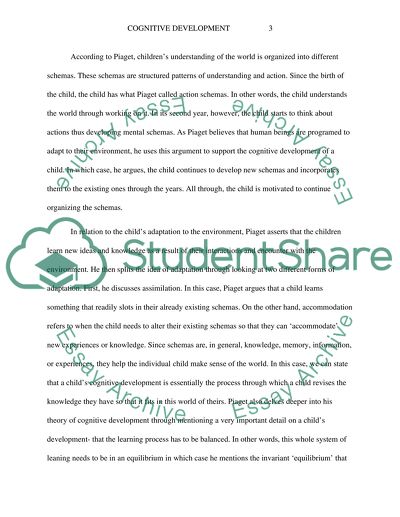Cite this document
(“Child Development Essay Example | Topics and Well Written Essays - 1500 words - 1”, n.d.)
Child Development Essay Example | Topics and Well Written Essays - 1500 words - 1. Retrieved from https://studentshare.org/psychology/1679620-child-development
Child Development Essay Example | Topics and Well Written Essays - 1500 words - 1. Retrieved from https://studentshare.org/psychology/1679620-child-development
(Child Development Essay Example | Topics and Well Written Essays - 1500 Words - 1)
Child Development Essay Example | Topics and Well Written Essays - 1500 Words - 1. https://studentshare.org/psychology/1679620-child-development.
Child Development Essay Example | Topics and Well Written Essays - 1500 Words - 1. https://studentshare.org/psychology/1679620-child-development.
“Child Development Essay Example | Topics and Well Written Essays - 1500 Words - 1”, n.d. https://studentshare.org/psychology/1679620-child-development.


